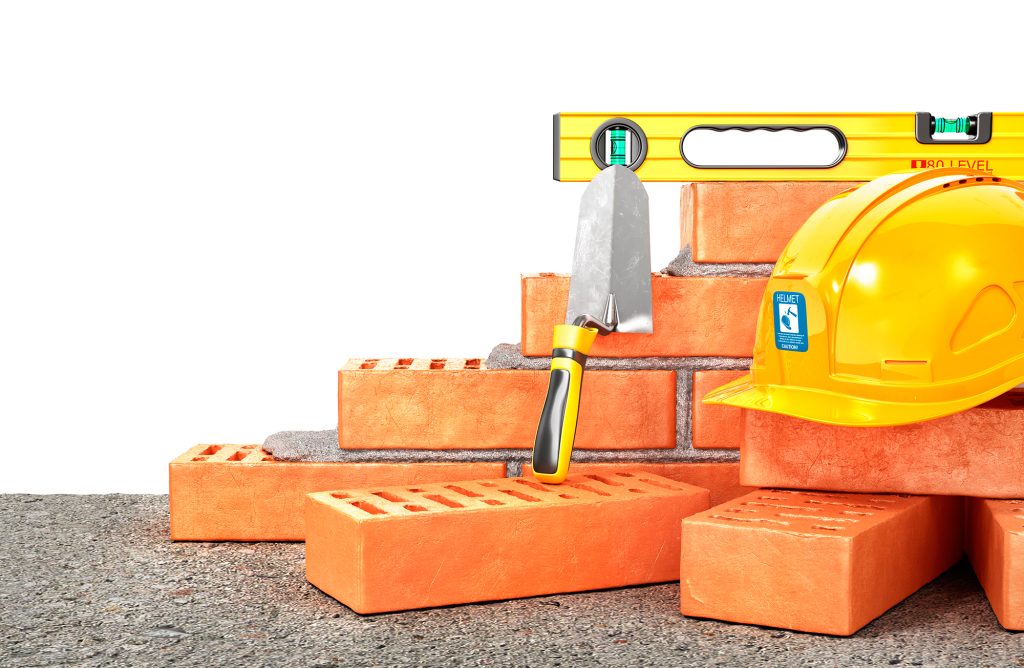Modern construction is undergoing a green revolution. Builders and developers are increasingly turning to sustainable construction materials and innovative techniques to reduce environmental impact while maintaining quality and durability. In this blog, we explore the rise of eco-friendly building supplies, cutting-edge material trends, and why using quality building materials is vital for long-term success.
The Rise of Eco-Friendly Building Materials
Sustainable construction is no longer a niche trend—it’s becoming the industry standard. Companies worldwide are adopting eco-friendly building materials made from renewable or recycled resources. For example, builders now utilize recycled steel, reclaimed wood, and even repurposed plastic waste in new projects. These materials reduce construction waste and lessen the need for virgin raw inputs. Bio-based products like bamboo and hemp are also gaining popularity, since they’re rapidly renewable and biodegradable. Even traditional concrete is getting a makeover: low-carbon concrete mixes use less cement and special additives to cut greenhouse gas emissions. The result is a wave of green building supplies that shrink the carbon footprint of construction.
This shift is not just environmentally driven—it makes good business sense. Demand for green building materials is surging. In fact, the global green building materials market is projected to triple from about $205 billion in 2022 to $755 billion by 2030, reflecting a fast-growing appetite for sustainable options. Builders who embrace these materials can stay ahead of regulatory changes and appeal to eco-conscious clients. Moreover, many eco-friendly materials offer high performance benefits, like superior insulation or durability, which can improve a building’s lifecycle costs. It’s clear that “green” construction materials are here to stay, reshaping how we design and build in the 21st century.
Innovative Trends Shaping the Construction Industry
The construction industry is also witnessing an influx of innovative materials that promise to make structures stronger, lighter, and more resilient. Researchers and startups are continually developing next-generation building supplies that solve long-standing challenges. One breakthrough example is transparent wood, a material made by treating balsa wood to render it clear. Transparent wood is reported to be 5 times stronger and lighter than glass while offering better thermal insulation. This makes it an exciting potential replacement for conventional glass in windows and facades, combining renewable origins with superior performance.
Another game-changer is self-healing concrete, which integrates special bacteria or polymers into the concrete mix. When cracks form and water seeps in, the bacteria activate to produce limestone, effectively sealing the crack on their own. This technology can dramatically extend the lifespan of concrete structures by automatically repairing micro-cracks that would otherwise grow over time. Similarly, carbon fiber is making waves in construction. Traditionally used in aerospace and sports equipment, carbon fiber is now used to reinforce beams and panels. It’s extremely lightweight (about 75% lighter than iron) yet adds tremendous tensile strength and even thermal insulation when combined with materials like concrete.
Innovations aren’t limited to structural materials. Builders are experimenting with smart materials for aesthetics and efficiency too. For instance, new sensory building tiles embed optical fibers that react to light or movement, creating dynamic, interactive surfaces. Such technology-infused materials open up creative design possibilities while maintaining function. We can also expect 3D-printed building components and modular prefabrication to grow, as they allow precise use of materials with minimal waste. In summary, the palette of construction materials is expanding rapidly. Some notable innovative materials making an impact include:
- Transparent Wood: A wood-based material processed to be clear and used like glass, offering light weight and thermal efficiency.
- Self-Healing Concrete: Concrete that fixes its own cracks using bacteria or polymers, greatly increasing durability.
- Carbon Fiber Reinforcement: Ultra-light fibers added to concrete, steel, or wood for strength and insulation, albeit currently high-cost.
- Recycled Plastic Blocks: Bricks and blocks made from compressed recycled plastic, reducing waste and sometimes even cheaper to produce than traditional bricks.
- Aerogels and Advanced Insulation: High-tech insulation materials (like aerogel panels) that provide superior heat retention with minimal thickness.
These innovations highlight how the industry is blending sustainability with high performance. Today’s innovative construction materials are enabling architects to design buildings that are not only greener, but also smarter and more resilient than ever before.
Why Quality Building Supplies Matter
Amidst all the new trends, one principle remains constant: the quality of building materials directly affects a project’s success. In fact, using substandard materials can pose serious safety hazards. History has shown that inferior or counterfeit construction products can weaken a structure’s stability, increasing the risk of failures or even catastrophic collapses. Loss of life and property have resulted from such failures, underscoring the stakes involved. High-quality materials, on the other hand, undergo rigorous testing and meet strict safety standards to ensure they perform as expected under stress. Builders who prioritize quality are essentially investing in the integrity of their projects.
Quality building supplies also contribute to sustainability and cost-effectiveness in the long run. Premium materials tend to be more durable and require fewer repairs or replacements over a building’s lifetime. For example, a well-made roofing material might last decades longer than a cheap alternative, saving the owner significant money on maintenance. Durable materials mean less frequent need for new resources, which aligns with sustainability goals by reducing overall consumption. Many high-grade products today also offer enhanced performance features: improved insulation that lowers energy usage, finishes that resist weathering, or non-toxic compositions that improve indoor air quality. By choosing quality, builders can deliver structures that stand the test of time and satisfy clients.
Lastly, there’s an element of trust and reputation. Using top-tier materials from reputable suppliers signals a commitment to excellence. It reassures clients that their investment is safe and that the builder takes pride in craftsmanship. This trust can be invaluable for construction firms, leading to repeat business and positive word-of-mouth. In an industry where margins and timelines are tight, cutting corners on material quality may seem tempting—but the long-term repercussions far outweigh the upfront savings. Simply put, quality building materials are the foundation (literally) of successful, sustainable construction. By combining sustainable choices, innovative new materials, and proven quality, the construction industry is building a future that is stronger, safer, and greener.

